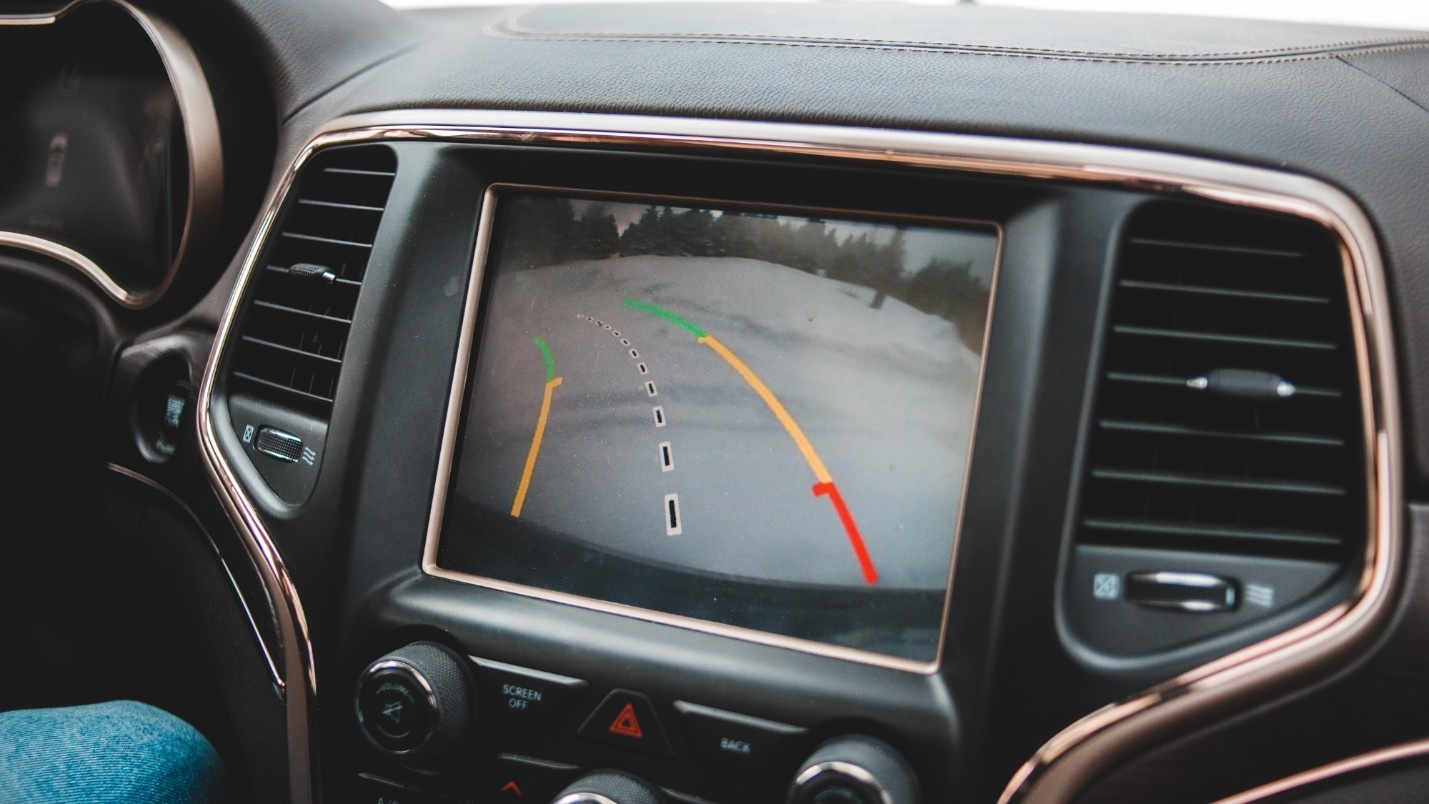
ADAS Calibration Explained: Why It’s Essential After a Collision
In today’s modern vehicles, technology plays a vital role in keeping drivers and passengers safe. Advanced Driver Assistance Systems (ADAS), like lane departure warnings, adaptive cruise control, and automatic emergency braking, are among the most significant advancements in automotive safety. These systems rely on precise sensors, cameras, and radar to function effectively, and even a minor collision can disrupt their alignment.
This is where ADAS calibration comes into play. It’s a process that ensures all sensors and cameras are properly aligned to maintain the accuracy of your vehicle’s safety features after collision repair Santa Rosa. In this blog, we’ll explore what ADAS calibration is, the types of systems it covers, how it’s performed, and why it’s critical after an auto collision.
What Is ADAS Calibration?
ADAS calibration is the process of realigning and adjusting the sensors, cameras, and radar systems that make up your vehicle’s advanced safety features. These components are highly sensitive and depend on exact positioning to work correctly.
When you’re driving, your vehicle’s ADAS continuously monitors its surroundings, providing real-time data to help you avoid collisions, stay within your lane, and detect potential hazards. Keeping these systems accurate is an essential car care tip first-time vehicle owners should know. If a sensor is misaligned or a camera is even slightly off-center, it could lead to inaccurate readings, delayed responses, or even complete failure of the system.
Two primary types of calibration exist:
Static Calibration
This is performed in a controlled environment, such as a specialized workshop, using specific tools like calibration mats and targets.
Dynamic Calibration
This requires the vehicle to be driven on the road under specific conditions to allow the system to recalibrate itself using real-world inputs.
Some vehicles may need both types of calibration to ensure optimal performance.
4 Reasons Why ADAS Calibration Is Necessary After a Collision
After an auto collision, even if the damage appears minor, the impact can disrupt the alignment of the sensors and cameras that control your vehicle’s ADAS features. Failing to recalibrate these systems can compromise their performance, putting your safety and that of others at risk.
Here are some reasons why calibration is critical:
1. Accurate Safety Features
Features like forward collision warnings, blind-spot monitoring, and lane-keeping assistance rely on precise data. After auto body repairs, failing to properly align sensors can result in false alarms or, worse, no warning at all when a real hazard is present.
2. Insurance and Liability
Most insurance companies require proof of ADAS calibration after repairs. If your system isn’t calibrated and an accident occurs, you could be held liable, especially if it’s determined that faulty sensors contributed to the incident.
3. Preserving Manufacturer Standards
Vehicle manufacturers design ADAS to operate within specific tolerances. Calibration ensures that the system complies with these standards, preserving the functionality and value of your car.
4. Ensuring Personal Safety
ADAS features are designed to prevent accidents and save lives. By ensuring they’re properly calibrated, you’re taking an essential step in maintaining the highest level of safety for you and your passengers.
Common Situations That Require ADAS Calibration
ADAS calibration isn’t just necessary after a collision. Several other scenarios can necessitate the process, including:
Windshield Replacement
ADAS cameras are often mounted near or on the windshield. Replacing or repairing the glass can affect their alignment.
Suspension or Tire Changes
Adjustments to your vehicle’s height or wheel alignment can impact the positioning of ADAS sensors.
Bumper Repairs or Replacements
Many ADAS systems, like parking sensors and adaptive cruise control, rely on components embedded in the front or rear bumpers. Hidden damage from rear-end collisions may include disrupted sensors.
Camera or Sensor Replacement
Any time a sensor or camera is replaced, calibration is needed to ensure it integrates correctly with the system.
How Is ADAS Calibration Performed?
ADAS calibration is a precise process that requires specialized equipment, training, and expertise. Here’s an overview of how it’s typically done:
Inspection
The technician examines the vehicle for visible damage to ADAS components.
Diagnostic Scan
A scan tool checks for error codes or malfunctions within the ADAS system.
Alignment and Setup
Depending on the system, the technician will either:
- Set up targets and patterns for static calibration.
- Drive the vehicle under specific conditions for dynamic calibration.
Verification
After calibration, the technician performs a test to ensure all systems are functioning correctly.
Documentation
A report is generated detailing the work performed, which is often required by insurance providers.
Can You Skip ADAS Calibration?
Skipping ADAS calibration might seem tempting to save time or money, but it can have serious consequences. Without proper calibration:
- Your vehicle’s safety features may fail in critical moments.
- You risk invalidating your insurance claims.
- You could face higher liability in case of an accident.
Investing in professional calibration ensures peace of mind and compliance with legal and safety standards.
Trust Silveira Auto Body for Expert ADAS Calibration
At Silveira Auto Body, we understand the importance of accurate ADAS calibration after a collision. Our team of certified technicians uses state-of-the-art equipment to restore your vehicle to its original safety standards. Whether you’ve experienced a minor fender bender or a significant accident, we’ll ensure your vehicle’s advanced safety systems are functioning perfectly before you hit the road again.
ADAS Calibration: Non-Negotiable for Safety
ADAS calibration is not just a technical procedure—it’s an essential step in maintaining the safety and reliability of your vehicle. From minor collisions to routine repairs, ensuring that your sensors and cameras are properly aligned can make all the difference in how your car performs on the road.
Schedule Your ADAS Calibration with Silveira Auto Body Today!
Don’t leave your safety to chance. If your vehicle has been in an accident or requires ADAS calibration for any reason, trust the experts at Silveira Auto Body. Schedule your service early and drive with confidence knowing your vehicle’s safety systems are in top condition.
Ready to ensure your vehicle’s ADAS systems are functioning flawlessly after collision repair in Santa Rosa? Schedule your calibration service with Silveira Auto Body today! Contact Silveira Auto Body today or call us at 707-433-2424 to book your appointment.

Owner / President, Silveira Auto Body
Scott Silveira is the Owner and President of Silveira Auto Body. Silveira Auto Body has been a body shop performing high quality repairs on vehicles in Healdsburg, Windsor, Santa Rosa and throughout Sonoma County for over 50 years. In 1964, the Silveira family added the body shop to their already thriving car dealership business, which was established in 1954.
With our skilled and certified technicians, we proudly repair all makes and models of vehicles. Our goal is to repair your vehicle to factory condition while making the process quick, safe and convenient for you.
Over 90% of our business comes from repeat customers or referrals. We work professionally with insurance company claims, enjoy dealership affiliations, and perform fleet repairs.
